Lizards are fascinating reptiles that have captured the hearts of pet enthusiasts worldwide with their distinctive appearances and behaviors. As a lizard owner or prospective keeper, understanding your scaly friend’s dietary needs is paramount to ensuring their health, longevity, and overall well-being. Unlike mammals, lizards have specialized digestive systems and metabolic requirements that vary significantly across species. From insectivorous geckos to herbivorous iguanas and omnivorous bearded dragons, each lizard type has evolved specific dietary adaptations that must be replicated in captivity. This comprehensive guide will walk you through the diverse feeding requirements of common pet lizards, helping you provide optimal nutrition for your reptilian companion.
Understanding Lizard Dietary Categories

Lizards can be broadly classified into three main dietary categories: insectivores, herbivores, and omnivores. Insectivorous lizards, such as leopard geckos and anoles, primarily consume insects and other small invertebrates, relying on these protein-rich food sources for their nutritional needs. Herbivorous lizards, including green iguanas and uromastyx, have specialized digestive systems adapted to process plant matter, requiring a diet rich in vegetables, fruits, and leafy greens. Omnivorous species like bearded dragons and blue-tongued skinks fall somewhere in between, thriving on a balanced mix of both animal and plant-based foods. Understanding which category your pet lizard belongs to forms the foundation of appropriate nutrition and will guide all your feeding decisions.
Insectivorous Lizard Diets
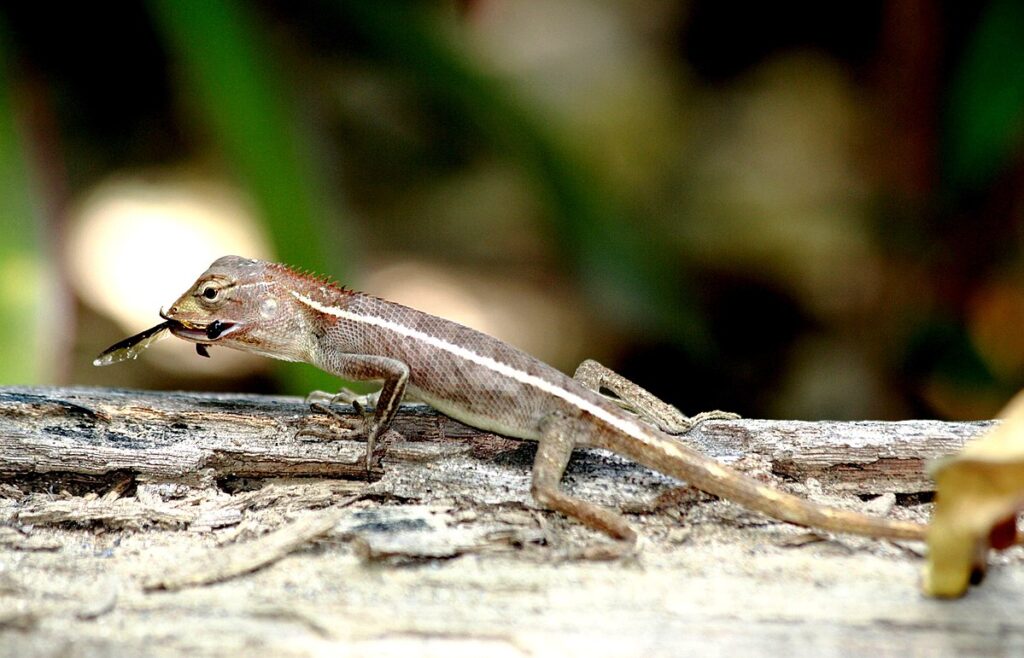
Insect-eating lizards require a diverse array of live prey items to meet their nutritional requirements in captivity. Popular feeder insects include crickets, dubia roaches, mealworms, superworms, waxworms, and silkworms, each offering different nutritional profiles. For optimal health, these insects should be “gut-loaded” – fed nutritious foods for 24-48 hours before being offered to your lizard – which enhances their nutritional value. Additionally, dusting feeder insects with calcium and vitamin supplements is essential to prevent metabolic bone disease, a common ailment in captive reptiles. The frequency of feeding varies by species and age, with juvenile insectivorous lizards typically requiring daily feeding, while adults may eat every other day or several times weekly depending on species and metabolism.
Herbivorous Lizard Nutrition
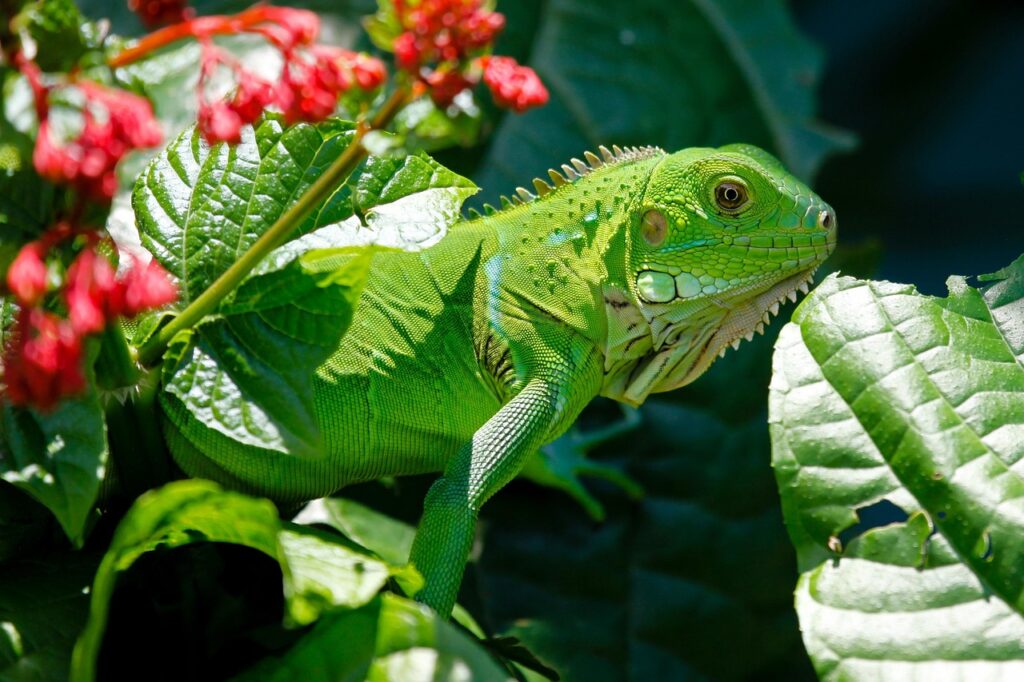
Herbivorous lizards thrive on a carefully balanced plant-based diet that mimics their natural foraging behaviors. Dark, leafy greens should form the foundation of their meals, with options like collard greens, mustard greens, dandelion greens, and endive providing essential nutrients and fiber. These should be supplemented with smaller amounts of nutrient-dense vegetables such as bell peppers, squash, and carrots to provide variety and additional vitamins. Fruits should be offered more sparingly as occasional treats due to their higher sugar content, with appropriate choices including berries, melon, and papaya. A critical consideration for herbivorous lizards is the calcium-to-phosphorus ratio in their diet, as improper balance can lead to serious health issues; this often necessitates additional calcium supplementation sprinkled on their food several times weekly.
Omnivorous Lizard Feeding Guidelines
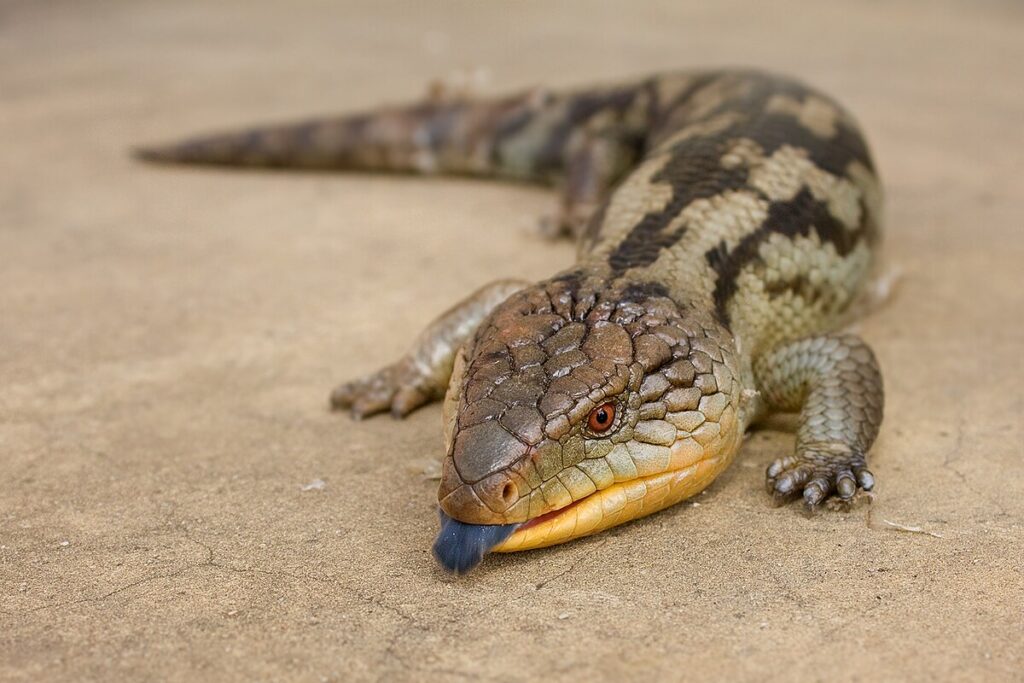
Omnivorous lizards benefit from a diverse diet that includes both animal protein and plant matter in carefully balanced proportions. For popular pet species like bearded dragons, the ratio typically shifts throughout their lifecycle, with juveniles requiring more protein (approximately 80% insects, 20% vegetation) and adults needing more plant matter (about 80% vegetation, 20% insects). The insect portion should include gut-loaded crickets, dubia roaches, and occasional treats like hornworms or silkworms, while the plant component should feature a rotation of dark leafy greens, vegetables, and limited fruit. Blue-tongued skinks have similar requirements but may also enjoy small amounts of high-quality canned dog food or cooked egg as protein sources. Maintaining proper variety prevents nutritional deficiencies and keeps these adaptable lizards engaged with their meals.
Special Dietary Needs of Juvenile Lizards
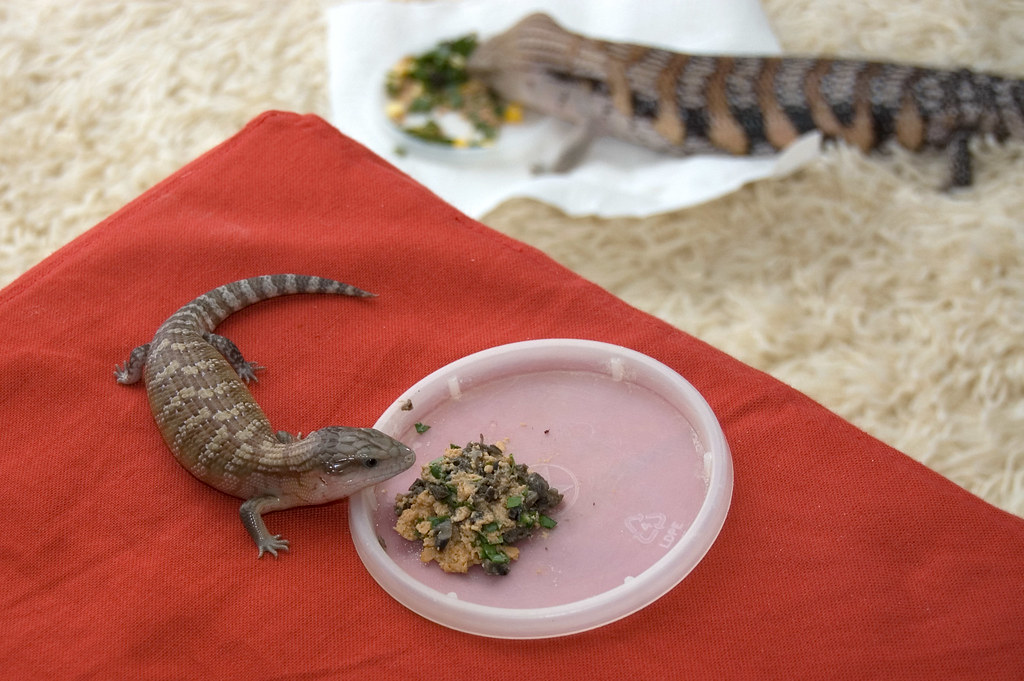
Young, growing lizards have significantly different nutritional requirements compared to their adult counterparts, necessitating specialized feeding regimens. Juvenile lizards of all dietary types generally require more frequent feeding than adults, with some insectivorous species needing multiple feedings daily to support their rapid growth and high metabolism. Protein requirements are typically higher during this growth phase, even for species that will eventually consume mostly plant matter as adults. Calcium supplementation is particularly critical during the juvenile period when bone development is most active, often requiring daily dusting of food items rather than the several-times-weekly schedule that may suffice for adults. Additionally, food items should be appropriately sized – no larger than the space between the lizard’s eyes – to prevent choking hazards and digestive complications.
Hydration and Water Requirements
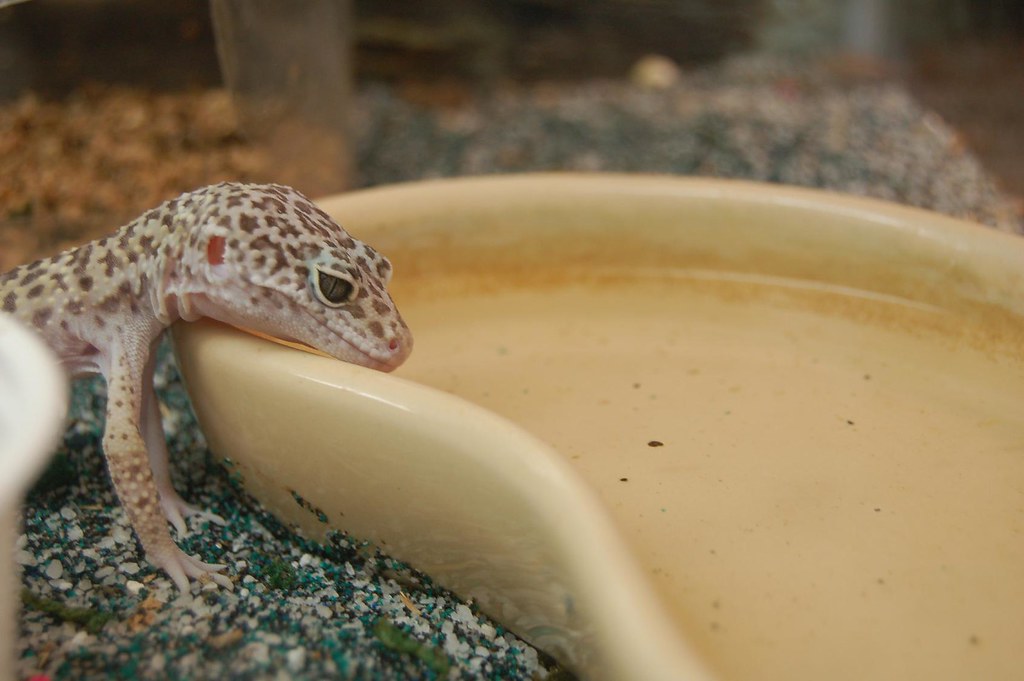
While diet often takes center stage in discussions of lizard nutrition, proper hydration is equally essential for maintaining reptilian health. Different lizard species have evolved various methods for obtaining water, which should be accommodated in captivity. Many tropical species drink water droplets from leaves and surfaces, benefiting from regular misting of their enclosure in addition to a shallow water dish. Desert-dwelling species may rarely drink from standing water, instead extracting most of their moisture from their food and occasional rainfall; these lizards still require access to fresh water but may need periodic soaking to ensure proper hydration. Some species also absorb water through their skin or cloaca during baths, making regular soaking sessions an important supplemental hydration method. Regardless of species, all captive lizards should have continuous access to clean, fresh water, changed daily to prevent bacterial growth.
Common Dietary Mistakes to Avoid
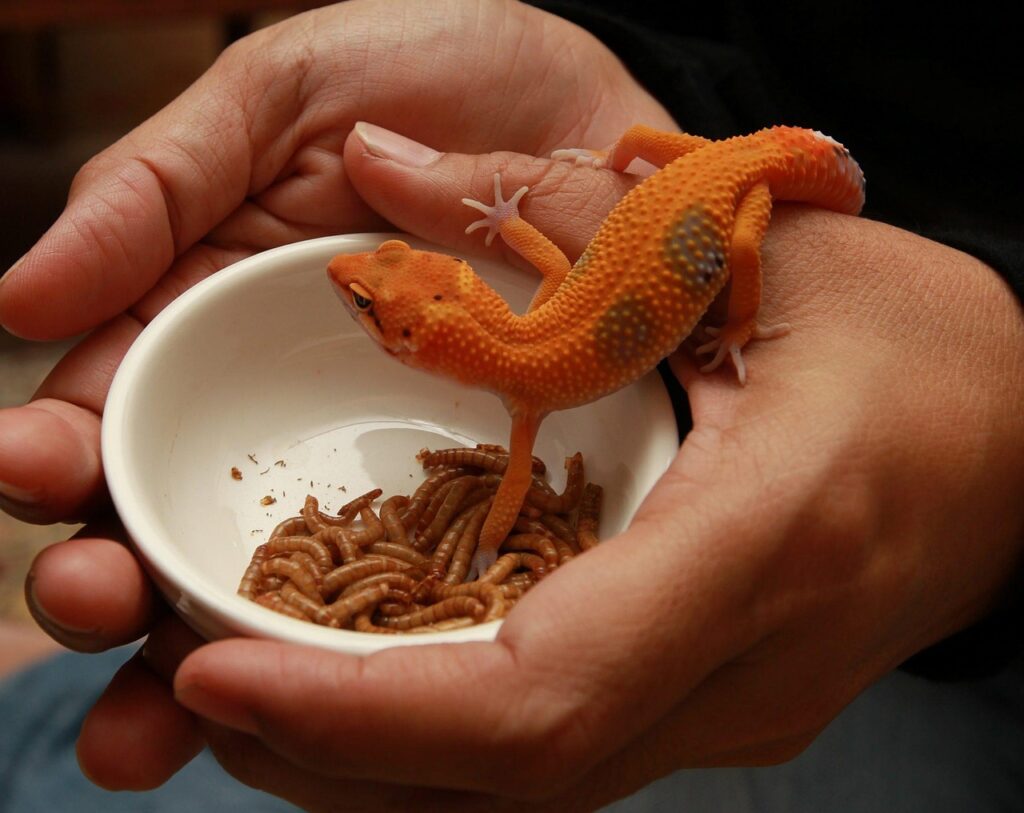
Novice lizard keepers often make several common mistakes that can compromise their pet’s health over time. One frequent error is overfeeding insects high in fat but low in nutritional value, such as waxworms or mealworms, which can lead to obesity and nutritional imbalances when offered too frequently. Another mistake is providing an inadequate variety of foods, which fails to deliver the complete spectrum of nutrients lizards require. Many owners also neglect proper supplementation, particularly calcium and vitamin D3, which are essential for preventing metabolic bone disease. Feeding inappropriate foods – such as iceberg lettuce with minimal nutritional value or toxic plants like avocado – can cause immediate health problems or chronic nutritional deficiencies. Additionally, relying on outdated care information that doesn’t reflect current understanding of reptile nutrition can perpetuate harmful feeding practices that compromise long-term health.
Seasonal Dietary Adjustments
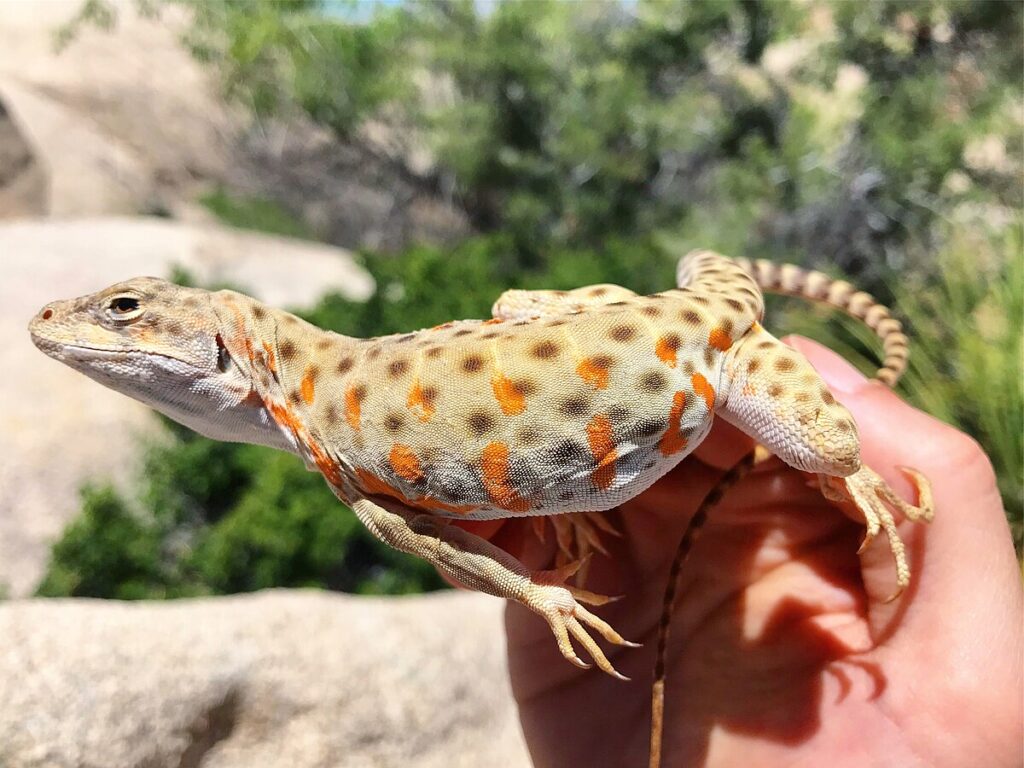
Wild lizards often experience seasonal variations in their diet based on food availability, activity levels, and reproductive status – considerations that thoughtful owners can incorporate into captive care. During brumation (a reptilian form of hibernation), many lizard species naturally reduce their food intake or stop eating entirely as their metabolism slows, requiring adjusted feeding schedules during these periods. Female lizards typically need increased calcium and protein during breeding seasons to support egg production, necessitating dietary adjustments to prevent nutritional depletion. Some owners also replicate natural seasonal food availability by adjusting the types of greens and insects offered throughout the year, which may better support natural physiological cycles. Additionally, many lizards naturally eat more during warmer months when their metabolism is higher and activity levels increase, with corresponding decreases during cooler periods, even in temperature-controlled environments.
Species-Specific Feeding: Leopard Geckos
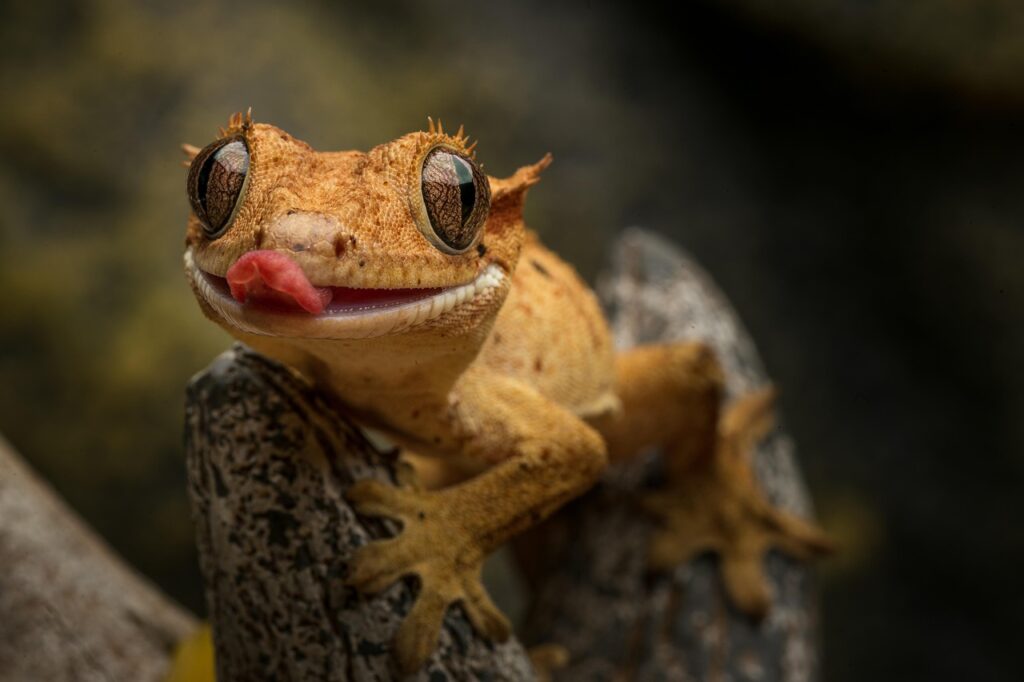
Leopard geckos are among the most popular insectivorous pet lizards, requiring a specialized feeding approach to thrive in captivity. These nocturnal hunters should be offered appropriately-sized crickets, dubia roaches, and mealworms as dietary staples, with all feeders properly gut-loaded to maximize nutritional value. Adult leopard geckos typically require feeding every 2-3 days, while juveniles need daily meals to support healthy growth and development. A critical aspect of leopard gecko nutrition is calcium supplementation, with food items needing to be dusted with calcium powder (with D3 for geckos without UVB lighting) every other feeding, and a multivitamin supplement once weekly. Unlike many reptiles, leopard geckos store fat in their tails, making it important to monitor tail thickness as an indicator of proper nutrition and avoiding overfeeding, which can lead to obesity-related health problems.
Species-Specific Feeding: Bearded Dragons
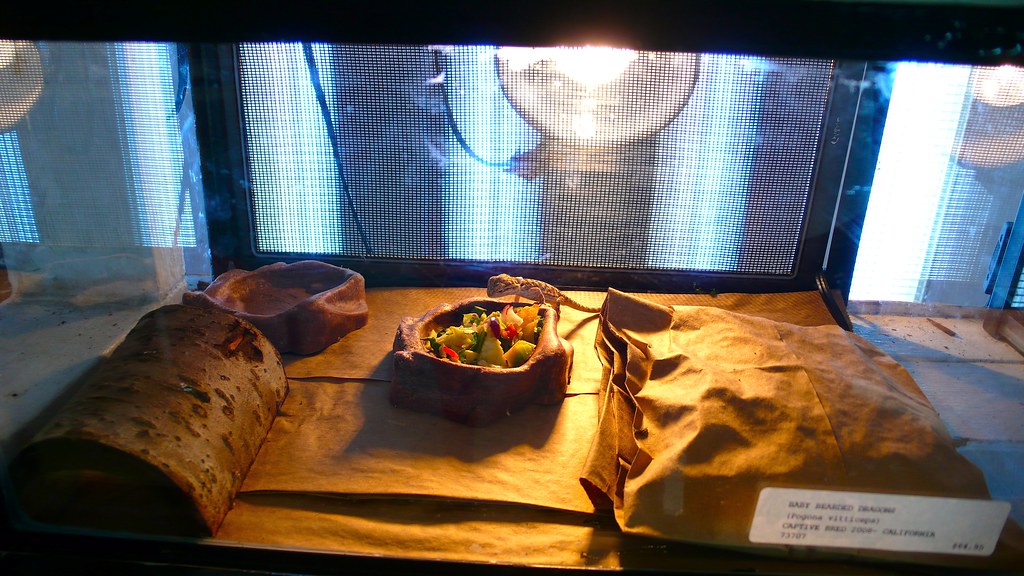
Bearded dragons exemplify the classic omnivorous lizard diet, with nutritional needs that evolve throughout their lifespan. Baby beardies require a diet comprised of about 80% protein (primarily insects) and 20% plant matter, feeding multiple times daily to support rapid growth. As they mature, this ratio gradually inverts, with adult bearded dragons thriving on approximately 80% vegetation and 20% insect protein, fed once daily. Their plant-based nutrition should feature a rotation of calcium-rich greens like collard greens, mustard greens, and turnip greens as the foundation, supplemented with squash, bell peppers, and occasional fruit treats. The insect portion should prioritize crickets, dubia roaches, and black soldier fly larvae (calciworms) for their favorable nutritional profiles, avoiding fireflies and wild-caught insects which can be toxic. Regular dusting with calcium and vitamin supplements remains essential throughout life, with precise supplementation schedules varying based on age, reproductive status, and UVB exposure.
Species-Specific Feeding: Green Iguanas
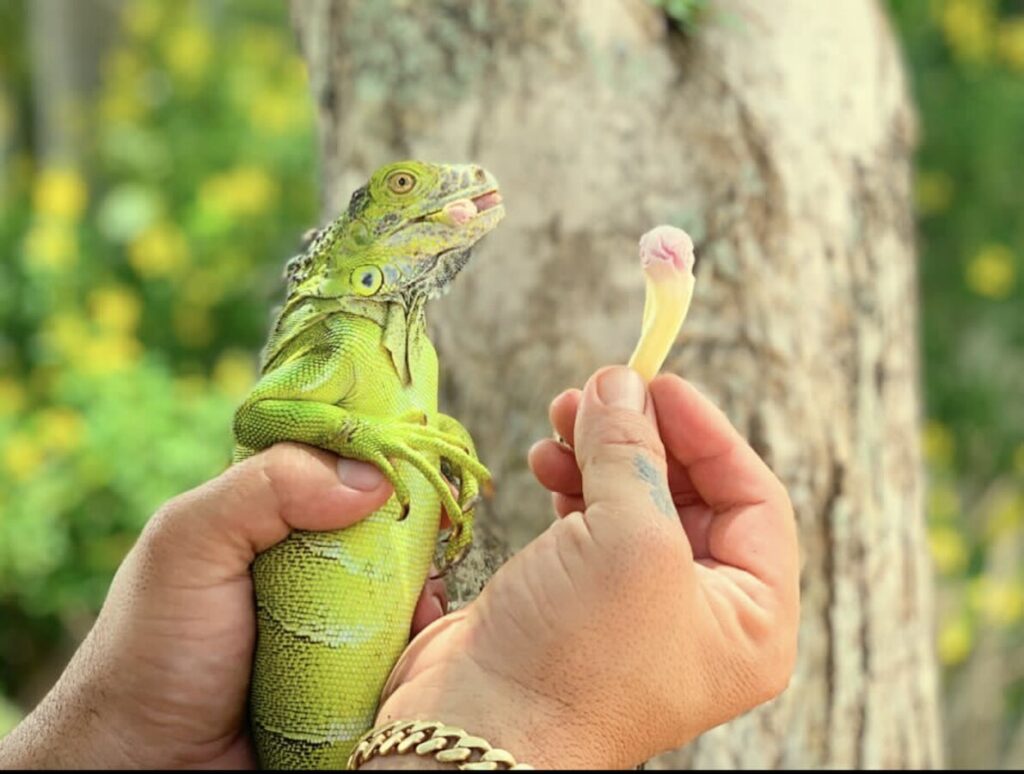
Green iguanas represent the herbivorous end of the lizard dietary spectrum, requiring a specialized plant-based feeding regimen to maintain optimal health. Despite common misconceptions, adult iguanas should consume a diet consisting of approximately 80-90% dark, leafy greens such as collard greens, mustard greens, and dandelion greens, which provide essential calcium and fiber. The remaining 10-20% should include nutritious vegetables like squash, bell peppers, and sweet potato, with fruit limited to occasional small portions due to its high sugar content. Contrary to popular belief, commercial iguana pellets should only supplement a fresh food diet, not replace it, as they often lack the moisture and complete nutrition these lizards require. Juvenile iguanas follow the same dietary guidelines but require more frequent feeding – daily rather than every other day for adults – and may benefit from slightly higher protein content from plant sources like legumes and occasional cooked beans.
Supplementation Strategies for Optimal Health
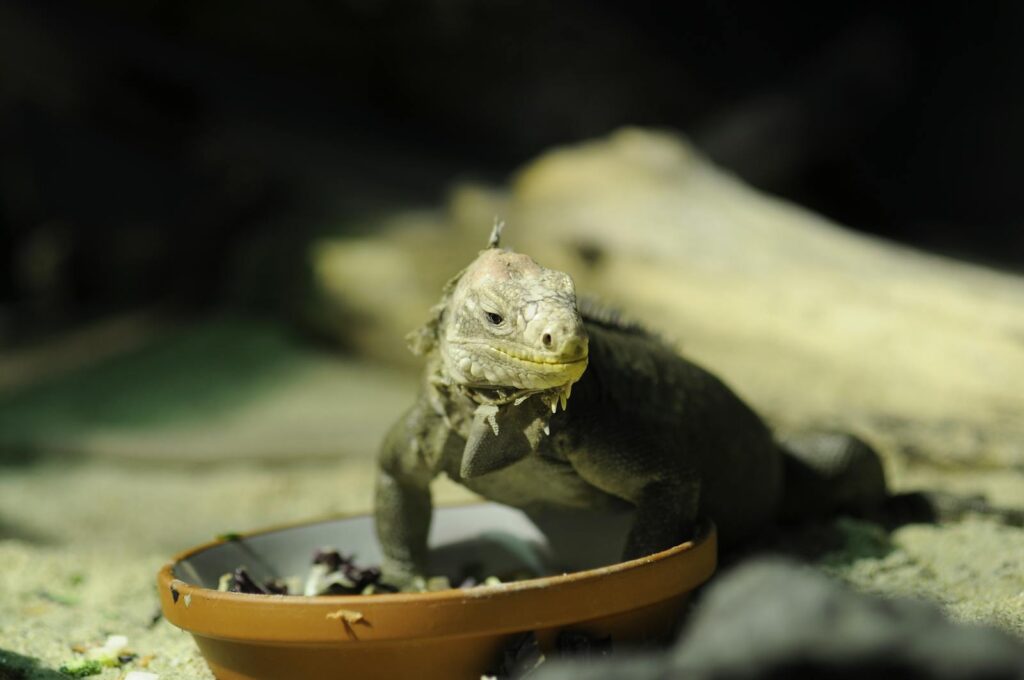
Proper supplementation forms a cornerstone of captive lizard nutrition, compensating for the nutritional gaps that inevitably occur in captive diets compared to the diverse wild feeding opportunities. Calcium supplementation is particularly crucial, with most species requiring calcium powder dusted on food items several times weekly, using products with vitamin D3 for lizards without adequate UVB exposure. Multivitamin supplements should be used more sparingly, typically once weekly for most species, to prevent potential toxicity from fat-soluble vitamin overdose. For herbivorous species, specialized reptile-safe plant supplements can boost nutritional content, while insectivores benefit from gut-loading protocols that enhance the nutritional value of feeder insects. The precise supplementation schedule should be tailored to your specific lizard species, age, reproductive status, and overall health, ideally with guidance from a reptile-savvy veterinarian who can help fine-tune the protocol to your pet’s individual needs.
Recognizing and Addressing Nutritional Deficiencies
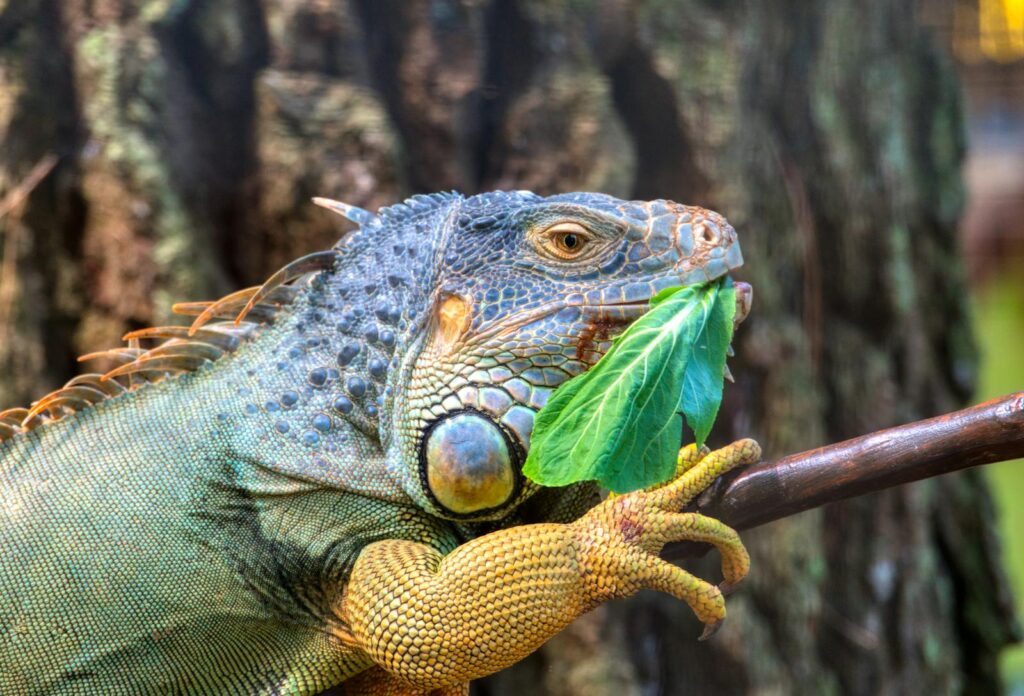
Even with careful attention to diet, nutritional deficiencies can develop in captive lizards, making it essential to recognize the warning signs early. Metabolic bone disease – resulting from calcium deficiency or improper calcium-to-phosphorus ratios – often presents as tremors, soft or swollen jaw, bent limbs, or difficulty walking and climbing. Vitamin A deficiency may manifest as swollen eyelids, respiratory infections, or poor skin shedding, particularly in species with higher vitamin A requirements like box turtles and aquatic turtles. General malnutrition can present as lethargy, weight loss, muscle wasting, or abnormal fecal output, requiring prompt dietary adjustment. If nutritional deficiencies are suspected, a comprehensive veterinary assessment is crucial, as treatment typically involves both correcting the underlying dietary issues and providing therapeutic supplementation under professional guidance. Regular preventative veterinary check-ups that include weight monitoring and physical assessment can help catch nutritional problems before they become severe.
Creating a Feeding Schedule and Meal Planning
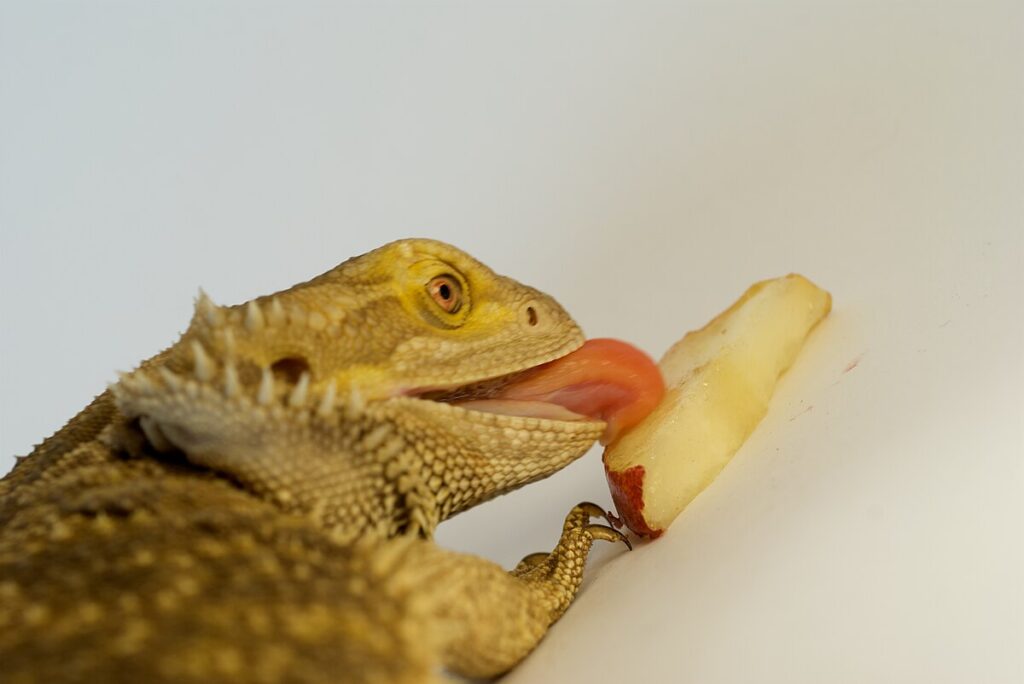
Establishing a consistent feeding routine benefits both lizard health and owner convenience, creating structure around this essential aspect of care. Begin by researching the specific requirements for your lizard species, including ideal feeding frequency, which ranges from multiple daily feedings for juvenile insectivores to every-other-day schedules for adult herbivores. Create a written feeding chart that tracks what foods are offered, when supplements are provided, and how much your lizard is consuming, which proves invaluable for monitoring health trends and sharing information with veterinarians when needed. For herbivorous species, meal preparation can be streamlined by washing and chopping vegetables in larger batches, storing portions in the refrigerator for 2-3 days, though daily preparation ensures maximum nutritional value. Many experienced owners designate specific days for certain activities – such as “cricket delivery day” or “major salad prep day” – to establish an efficient routine that ensures consistent nutrition without becoming overwhelming.
Conclusion: The Foundation of Reptilian Health
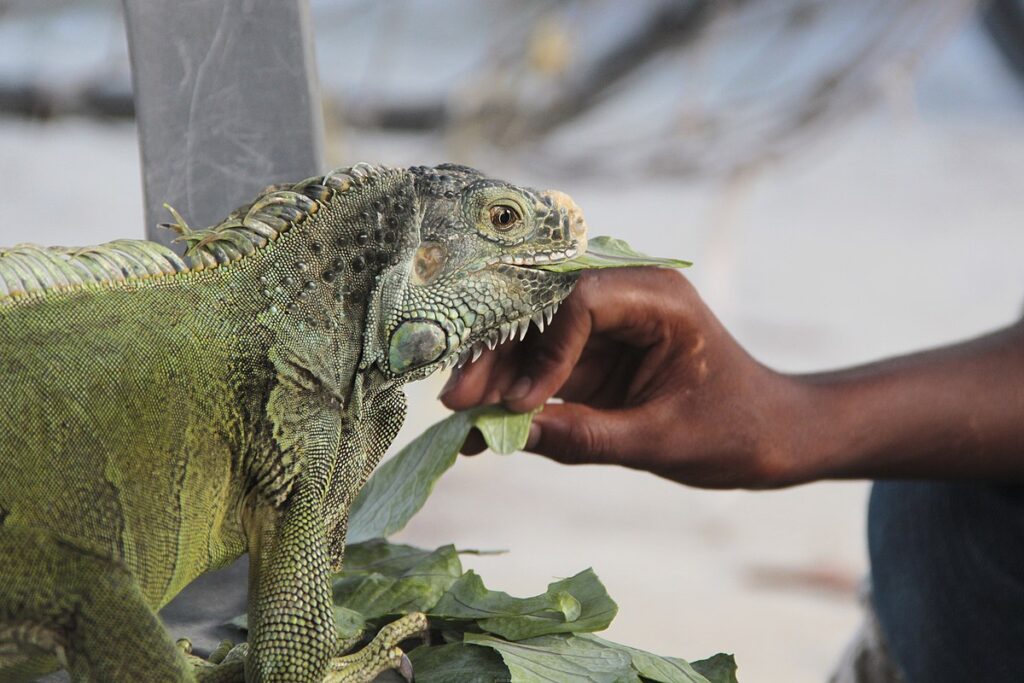
Proper nutrition stands as the cornerstone of successful lizard keeping, directly influencing everything from growth and reproduction to disease resistance and longevity. The diverse dietary adaptations across lizard species highlight the importance of species-specific research rather than generic reptile care approaches. While this guide provides comprehensive foundational knowledge, the nutritional science for captive reptiles continues to evolve, making ongoing education and consultation with reptile-savvy veterinarians essential parts of responsible ownership. By investing time in understanding your specific lizard’s dietary requirements, creating appropriate feeding schedules, and remaining vigilant for signs of nutritional imbalances, you provide your scaly companion with the fundamental building blocks for a healthy, active life. Remember that dietary needs may change throughout your lizard’s lifespan, requiring periodic reassessment and adjustment to maintain optimal health through all life stages.


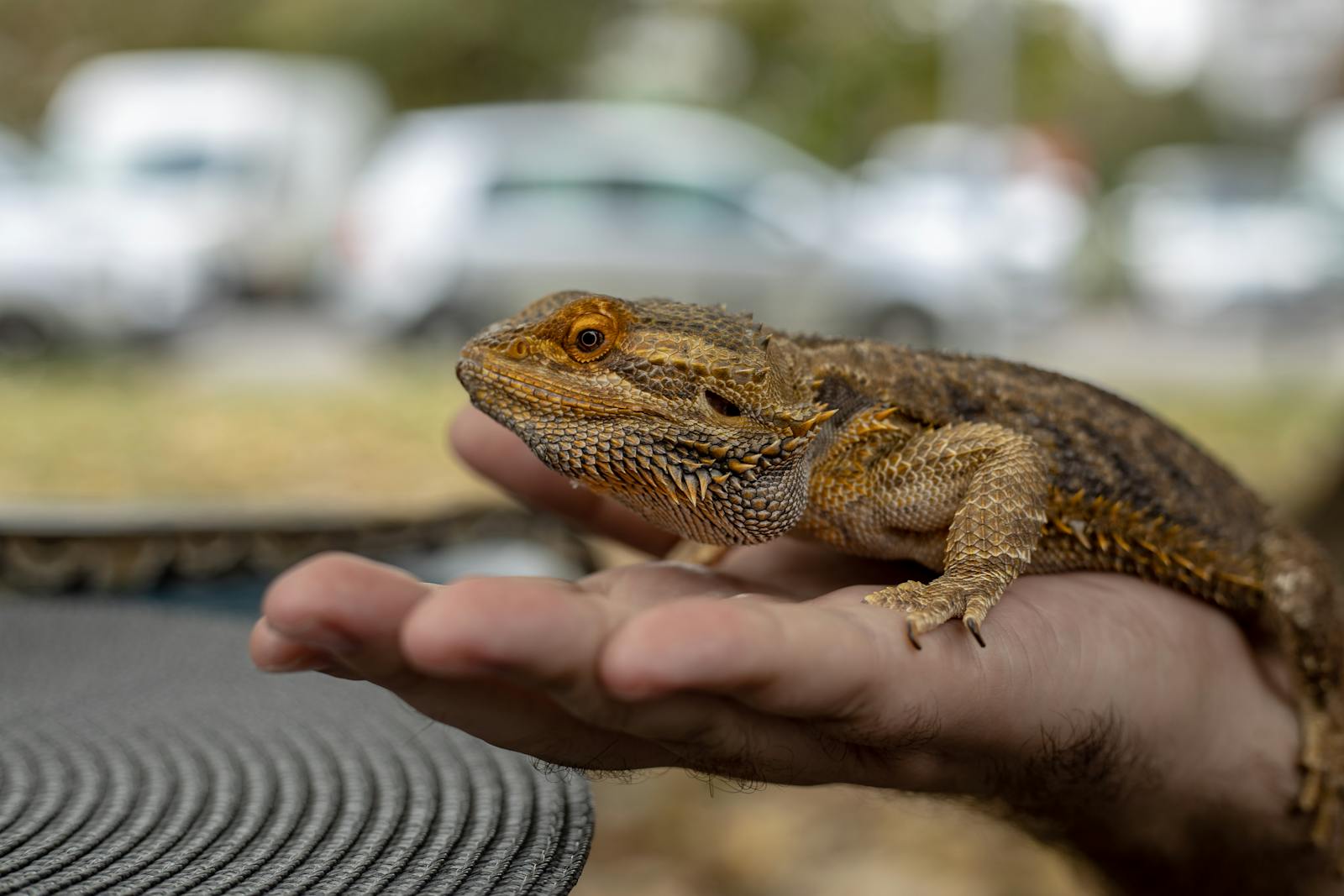
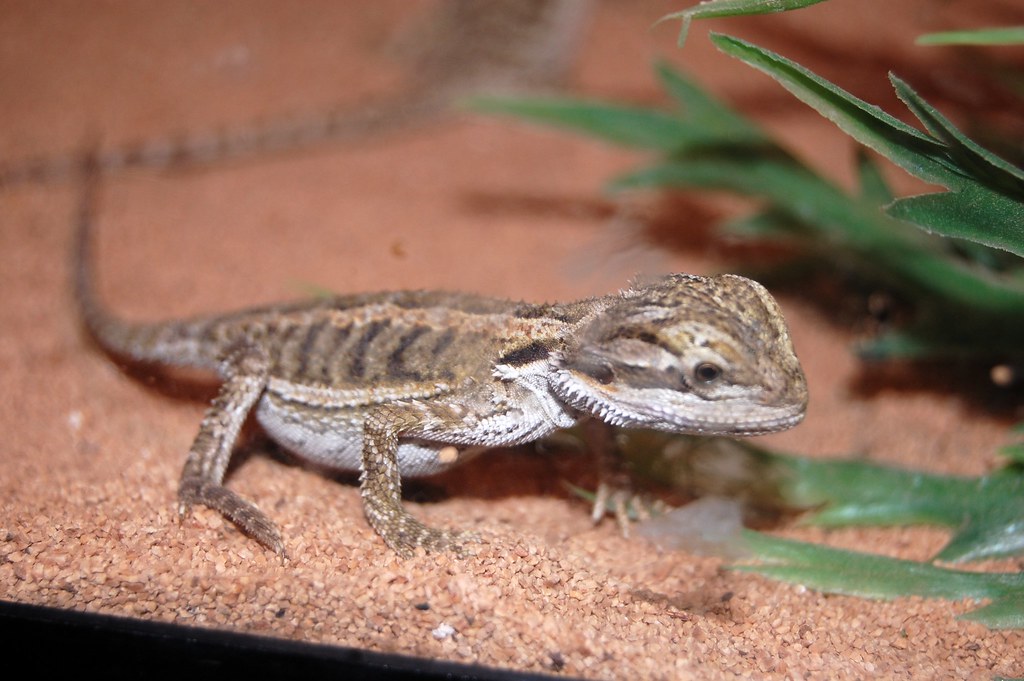
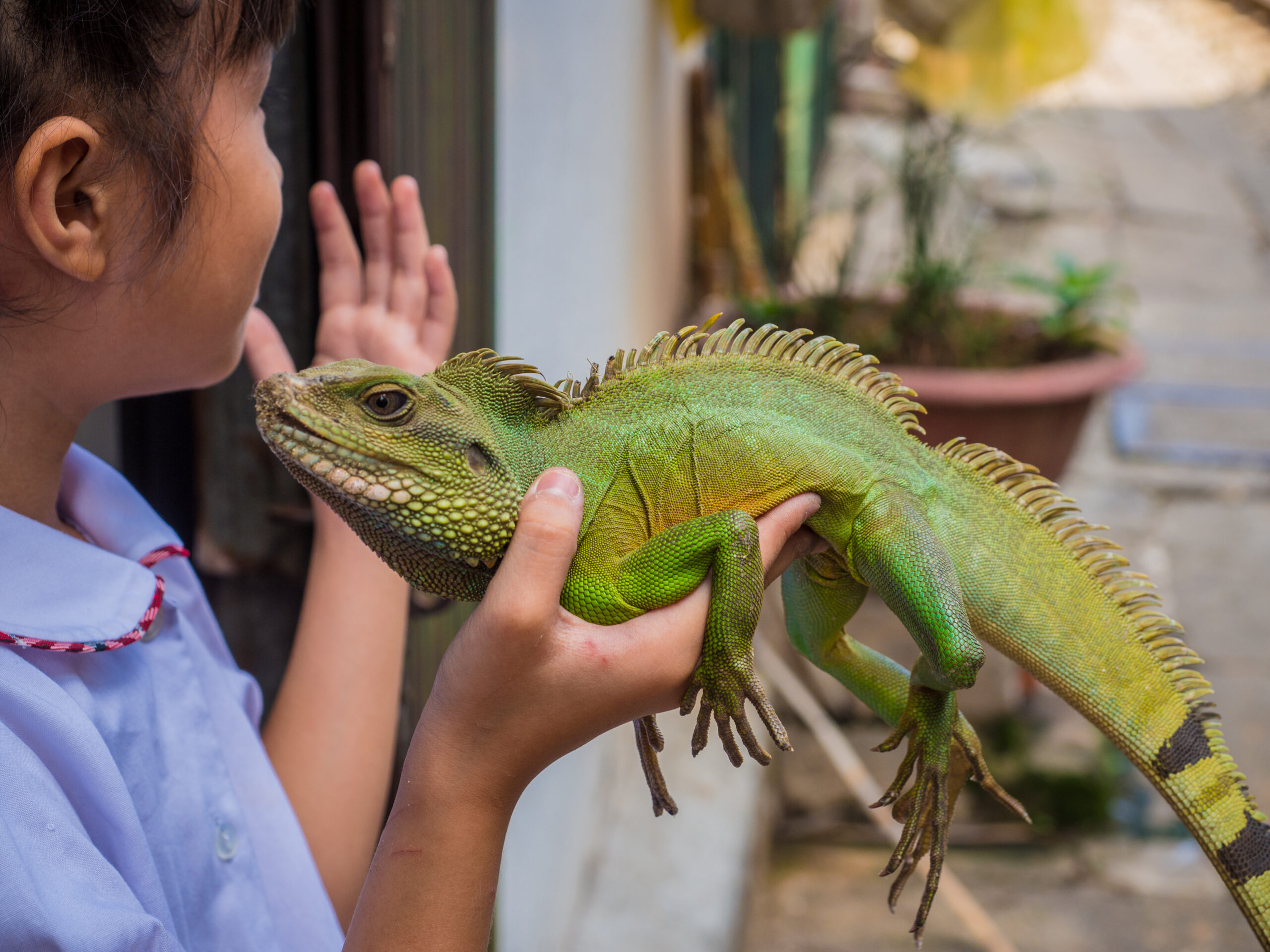
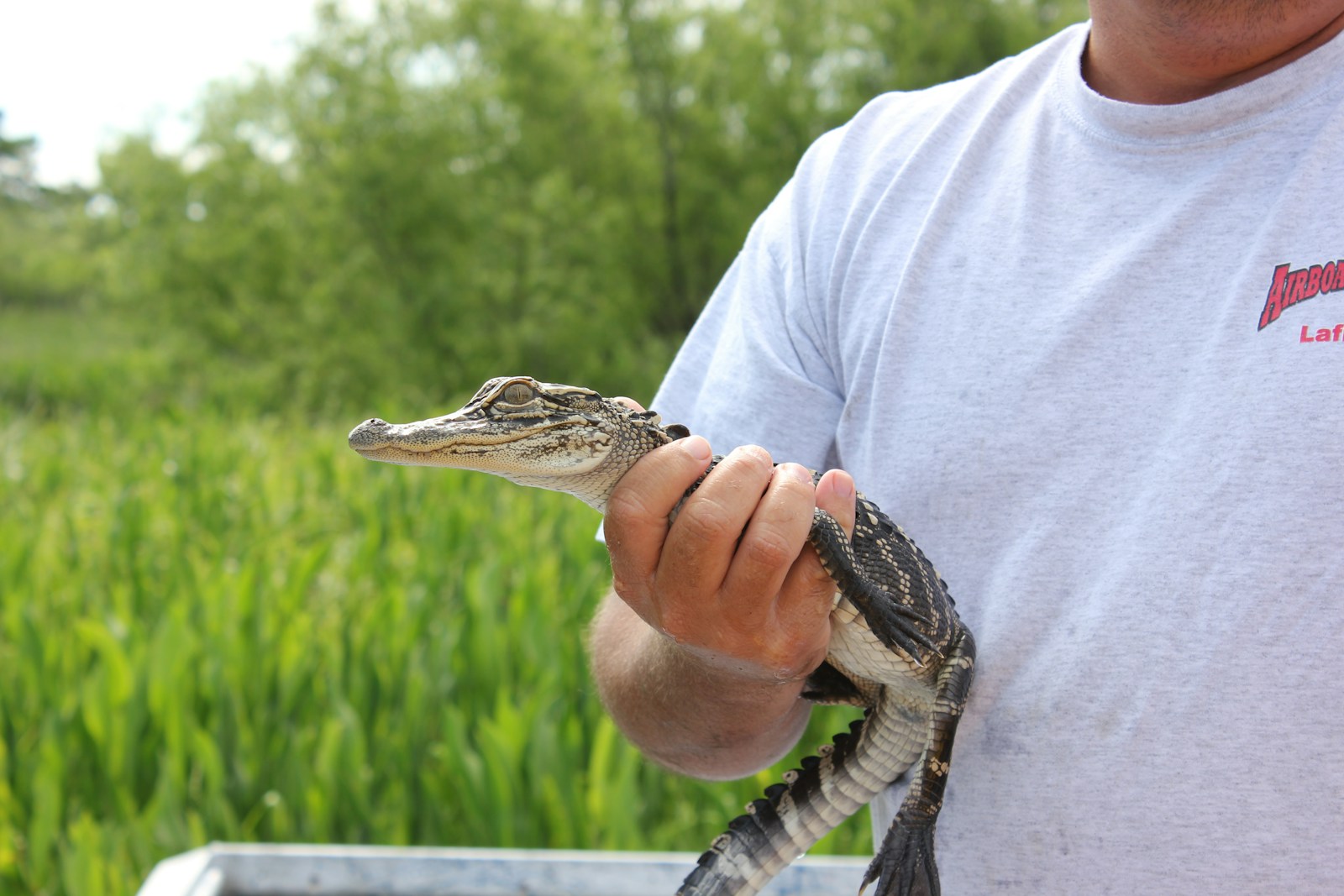

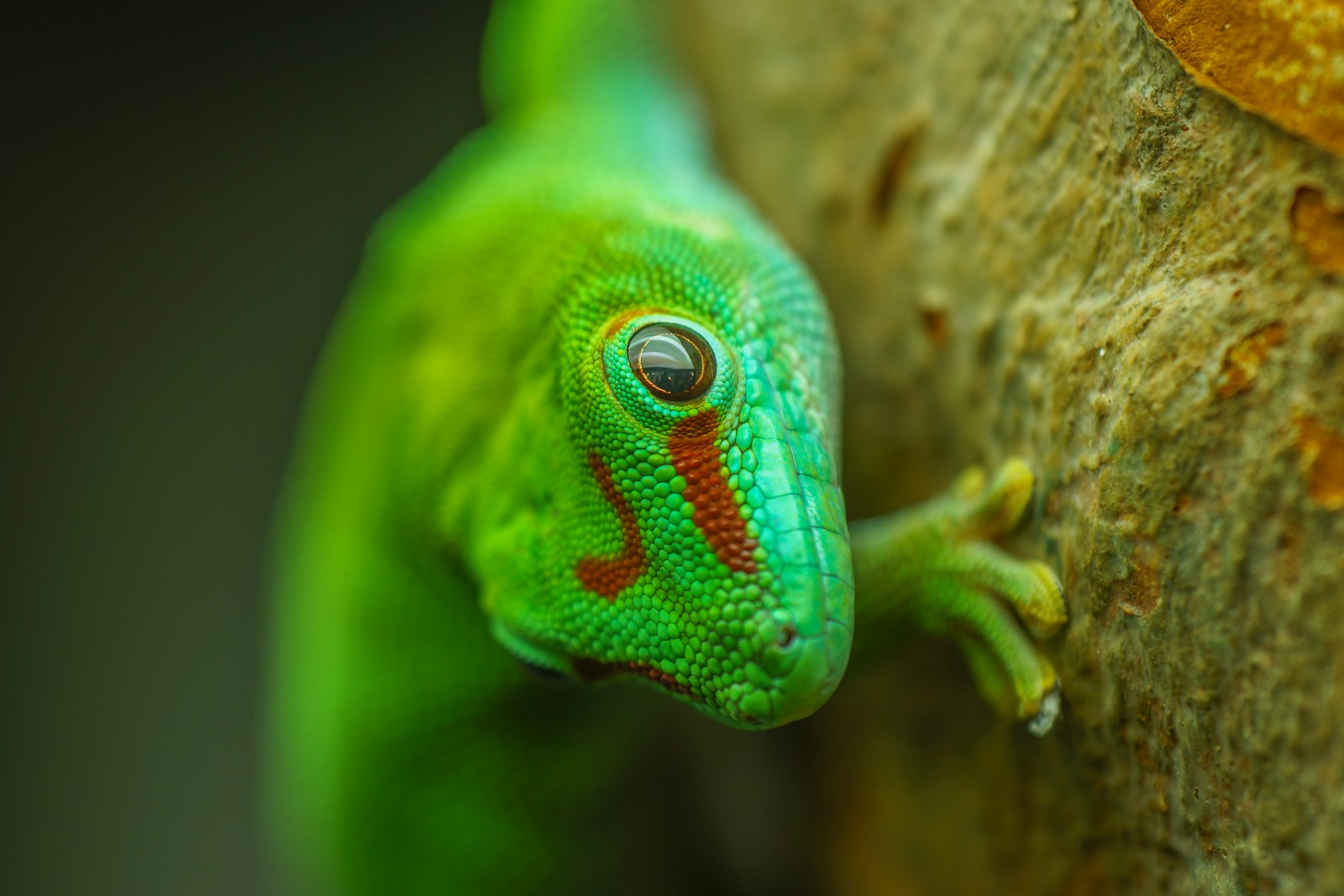
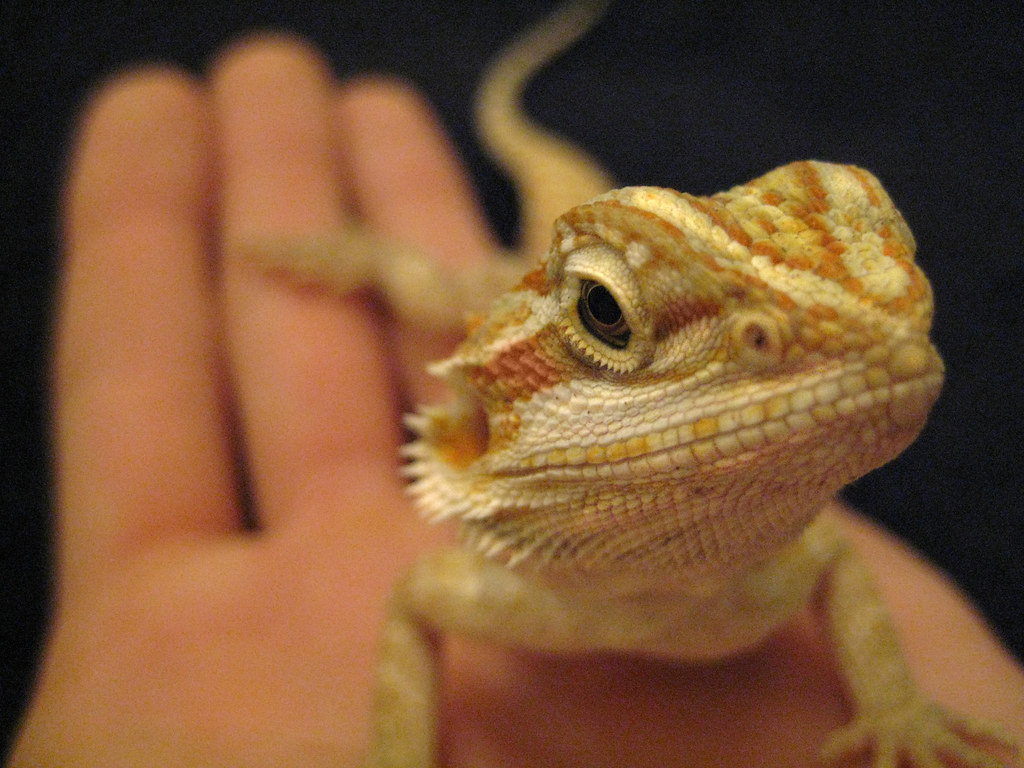
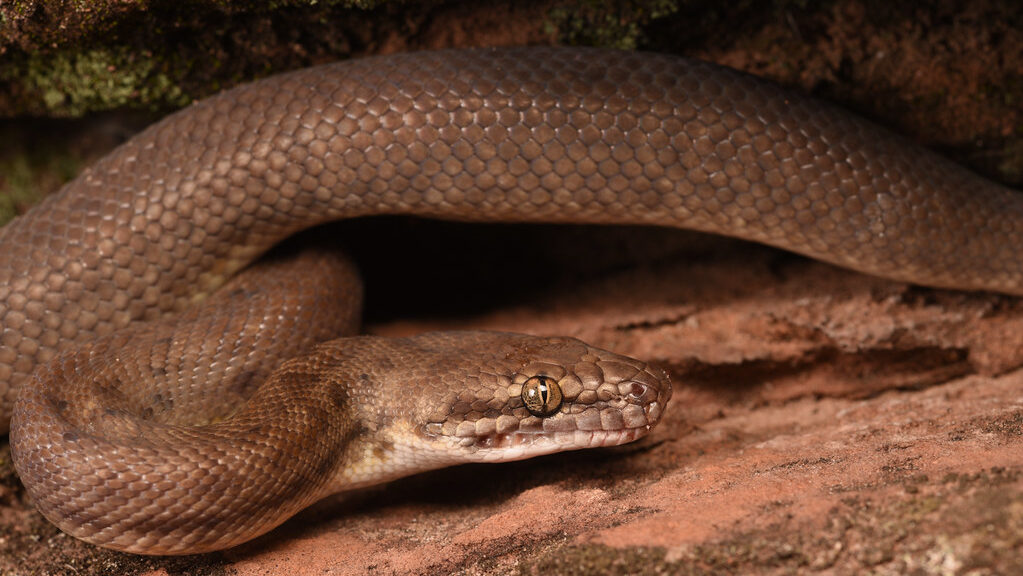
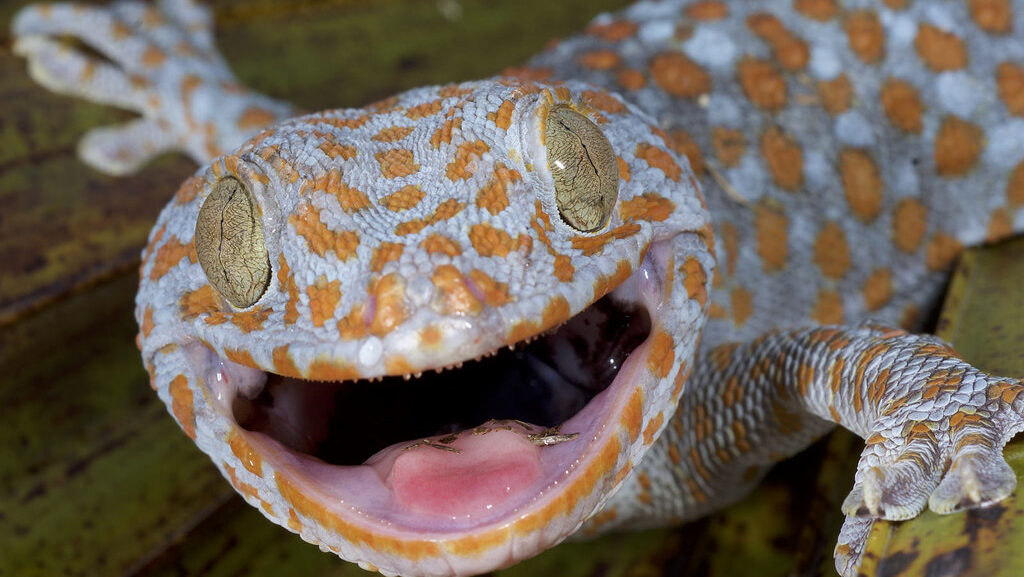
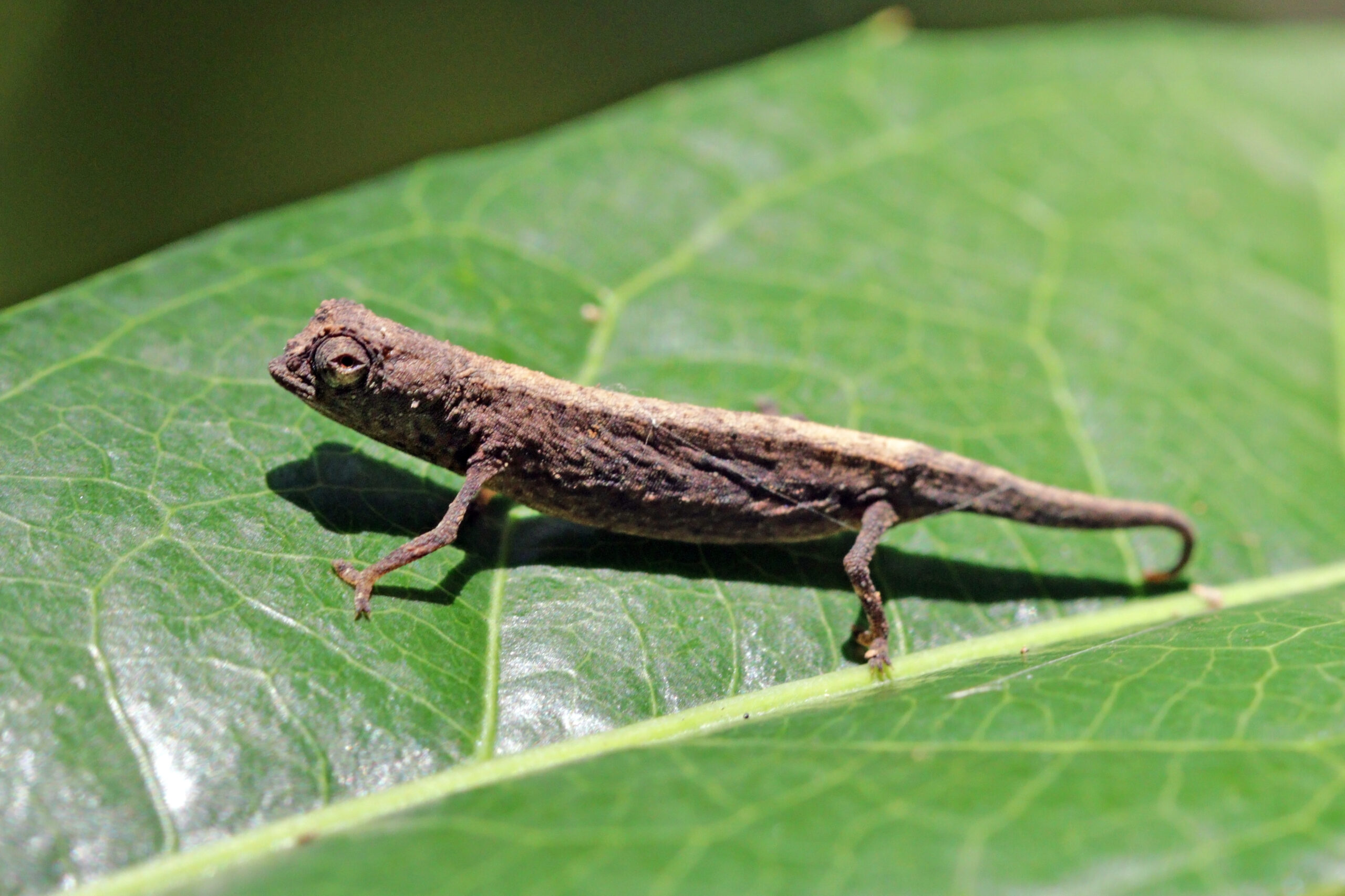




Leave a Reply